Diamagnetism: Definition And Examples
What is Diamagnetism?
Diamagnetism is a fundamental property of materials that causes them to generate an opposing magnetic field when they are exposed to an external magnetic field. Unlike other forms of magnetism, diamagnetism is a universal property found in all materials, although it is generally very weak.
Characteristics of Diamagnetic Materials
Diamagnetic materials exhibit a weak repulsion to magnetic fields. This behaviour results from the arrangement of electron orbits that produces a magnetic field in opposition to the applied field.
Different Types of Magnetic Materials
|
Property |
Diamagnetism |
||
|
Magnetic Response |
Weakly repelled |
Weakly attracted |
Strongly attracted |
|
Temperature Dependence |
Unaffected by temperature |
Increases with temperature |
Decreases with temperature |
|
Examples |
Bismuth, Boron Nitride |
Aluminium, Platinum |
Iron, Nickel, Cobalt |
Common Diamagnetic Materials
Below are examples of common diamagnetic materials with explanations of their properties and typical applications:
1) Bismuth (Bi)
Bismuth is one of the strongest known diamagnetic materials. Its capacity to oppose magnetic fields is exploited in applications such as magnetic shielding and levitation. Bismuth is used in medical imaging, for example as an X‑ray contrast agent, and in various technical applications that require significant diamagnetism.
Bismuth is also applied in other fields where controlled magnetic behaviour is necessary.
2. Graphite
Although graphite is generally a conductor, it exhibits weak diamagnetism because of its layered atomic structure. Some forms, such as highly oriented pyrolytic graphite, display more distinct effects.
Graphite is used in electrodes and lubricants where its weak diamagnetism is usually negligible, but it becomes significant in sensitive experimental setups.
3. Copper (Cu)
Copper is a recognised diamagnetic material with a very weak magnetic response. Its diamagnetism is masked by its high electrical conductivity.
Copper is used in electrical wiring due to its excellent conduction properties, with its diamagnetic nature playing little part in its usual application.
4. Silver (Ag)
Like copper, silver is a diamagnetic substance. Its weak magnetic response is secondary to its exceptional conductive properties.
Silver is employed in electrical contacts, jewellery, and mirrors, where its diamagnetic attributes are not a major factor.
5. Quartz (SiO₂)
Quartz is another common material that exhibits diamagnetism. Being non-metallic, it shows a very weak repulsion towards magnetic fields.
Quartz is used in electronics, optical instruments, and timepieces. Its diamagnetic properties are not critical in most applications.
6. Water (H₂O)
Water is weakly diamagnetic, meaning it repels magnetic fields slightly when exposed to them.
The diamagnetism of water can be relevant when studying fluid dynamics in magnetic fields or in research related to materials science and biology.
7 Lead (Pb)
Lead is a soft, dense metal that exhibits a weak diamagnetic response.
Lead is used for radiation shielding, particularly to protect against X‑ray and gamma radiation, where its diamagnetism forms part of its overall material properties.
8. Zinc (Zn)
Zinc is another metal with weak diamagnetic properties. Its diamagnetism is generally very slight compared to its other metallic characteristics.
Zinc is used in applications such as batteries, coatings (for galvanisation) and the production of brass alloys, with its diamagnetic trait playing a minor role.
9. Diamond
Pure diamond exhibits strong diamagnetism when placed in a magnetic field. This is due to the strong covalent bonds between carbon atoms and the absence of free electrons that would otherwise contribute to paramagnetism or ferromagnetism.
Diamond is employed in cutting tools and abrasives, and its diamagnetic property can be significant in high‑precision scientific instruments and research instruments such as those used in quantum computing.
10. Plastic Materials (e.g. Teflon)
Most plastics, including Teflon, exhibit diamagnetic properties. The magnetic response is generally very weak and usually does not affect performance in most applications.
Plastics such as Teflon are used for non‑stick coatings, electrical insulation and various industrial applications, where diamagnetism is not a key factor but other properties, such as chemical resistance, are critical.
Applications of Diamagnetism
Diamagnetism finds use in several fields. In medical imaging, diamagnetic materials are employed in magnetic resonance imaging (MRI) to enhance magnetic field stability. Diamagnetic levitation demonstrates how objects can be made to float without physical support, thereby illustrating the repulsive force generated by diamagnetic materials.
|
Application |
Material Used |
Purpose |
|
MRI Imaging |
Bismuth |
Enhances the stability of magnetic fields |
|
High‑temperature lubricants |
Provides lubrication without electrical conductivity |
|
|
Magnetic levitation |
Pyrolytic Graphite |
Demonstrates levitation through diamagnetic repulsion |
Frequently Asked Questions
What distinguishes diamagnetism from other types of magnetism?
Diamagnetism causes materials to weakly repel magnetic fields, whereas paramagnetism and ferromagnetism cause materials to attract magnetic fields.
Can all materials exhibit diamagnetism?
Yes, all materials exhibit some degree of diamagnetism. In most cases, this effect is small compared to other magnetic characteristics.
Why is bismuth considered a strongly diamagnetic material?
Bismuth has a high atomic number and a complex electron configuration, which accentuates its diamagnetic response.
How is boron nitride used in electronics?
Boron nitride is employed for its stability and electrical insulation properties in electronic components.
What are some practical applications of diamagnetic levitation?
Diamagnetic levitation is used in experiments to demonstrate magnetic repulsion and has potential uses in contactless transport and material handling.

 Bars
Bars
 Beads & Spheres
Beads & Spheres
 Bolts & Nuts
Bolts & Nuts
 Crucibles
Crucibles
 Discs
Discs
 Fibers & Fabrics
Fibers & Fabrics
 Films
Films
 Flake
Flake
 Foams
Foams
 Foil
Foil
 Granules
Granules
 Honeycombs
Honeycombs
 Ink
Ink
 Laminate
Laminate
 Lumps
Lumps
 Meshes
Meshes
 Metallised Film
Metallised Film
 Plate
Plate
 Powders
Powders
 Rod
Rod
 Sheets
Sheets
 Single Crystals
Single Crystals
 Sputtering Target
Sputtering Target
 Tubes
Tubes
 Washer
Washer
 Wires
Wires
 Converters & Calculators
Converters & Calculators
 Write for Us
Write for Us
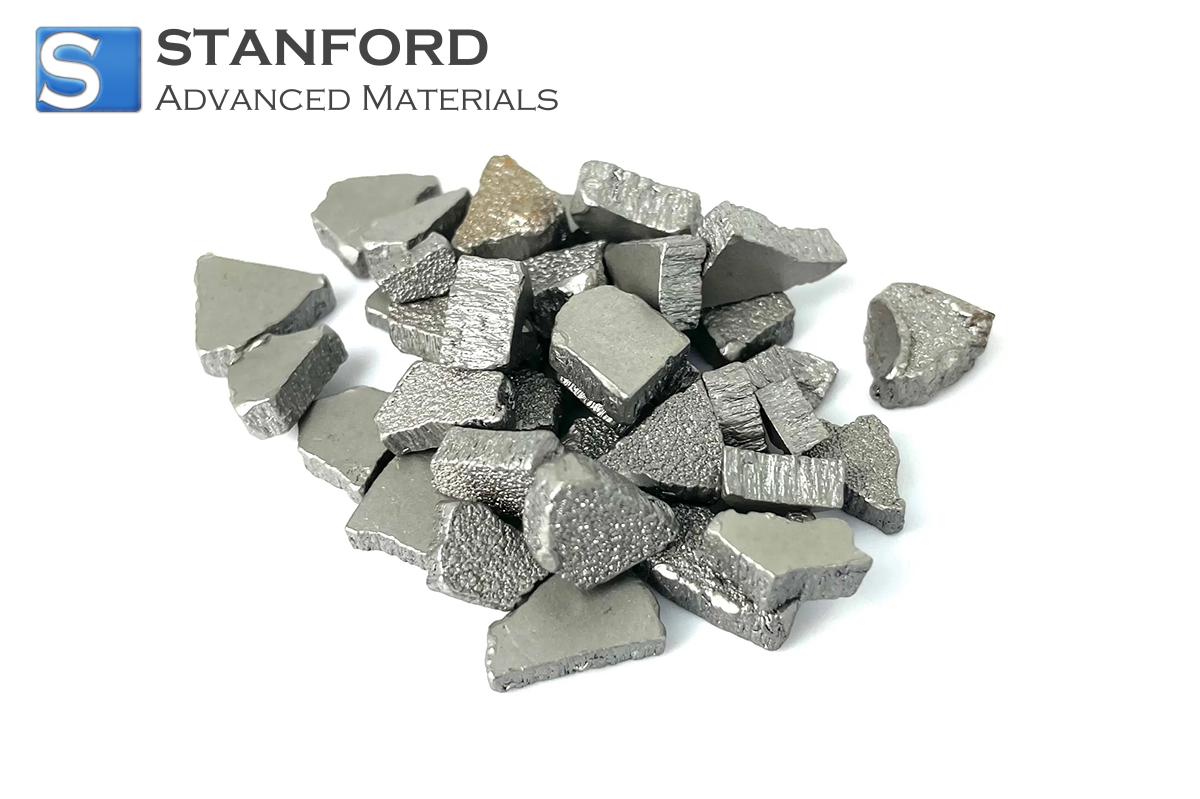
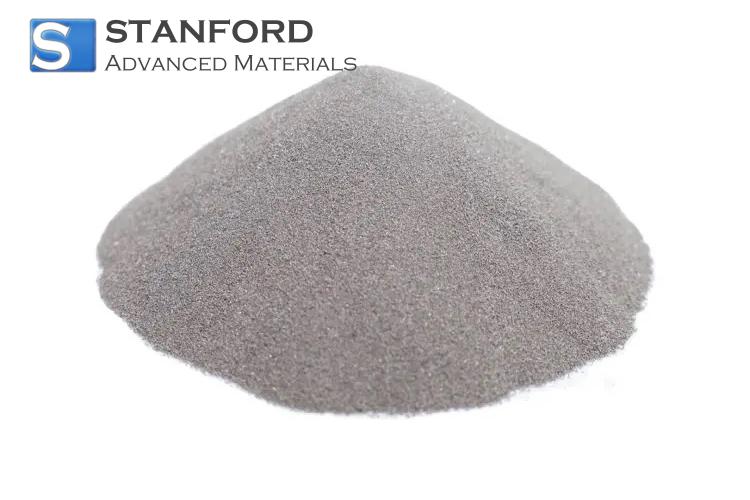
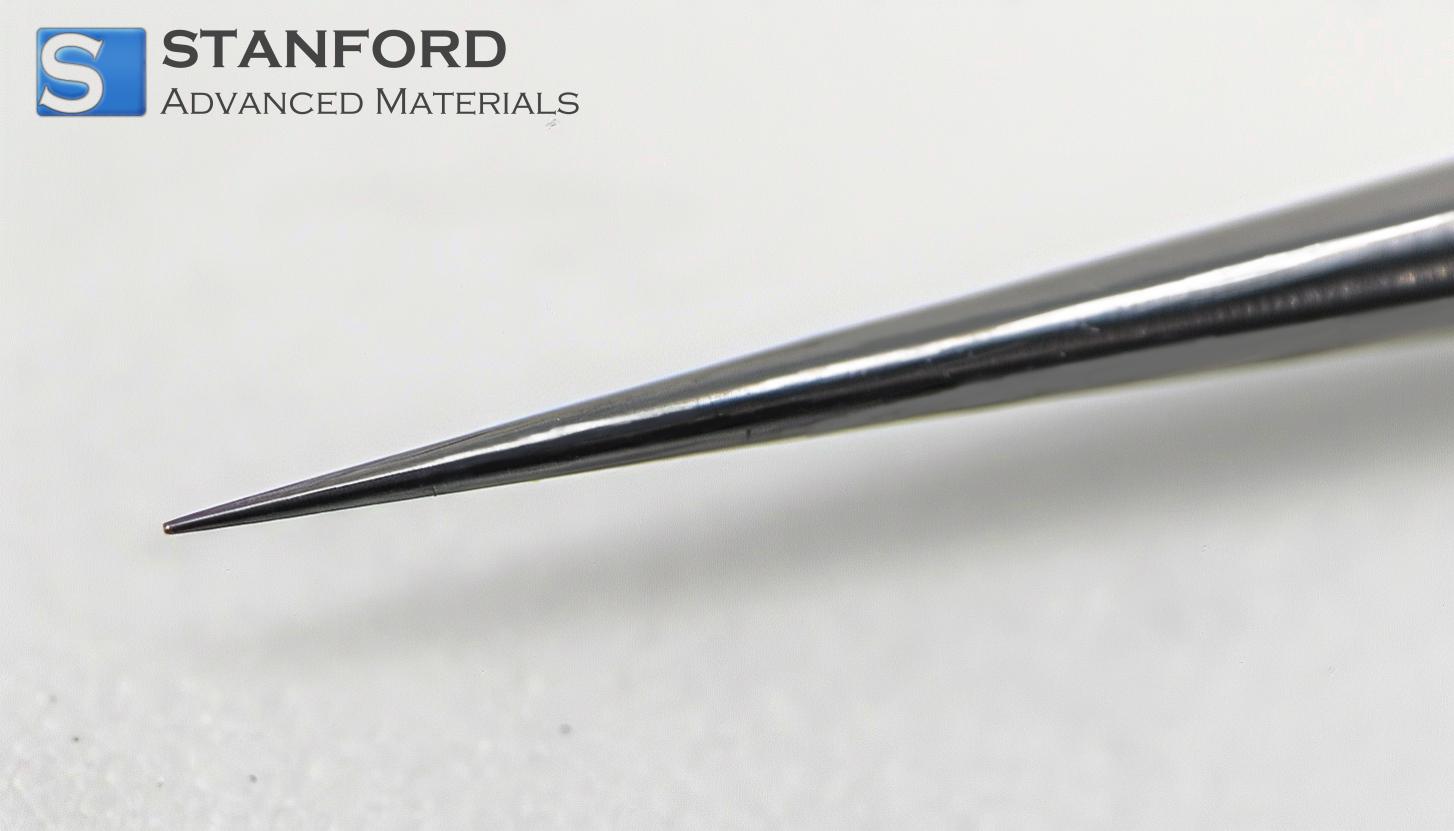
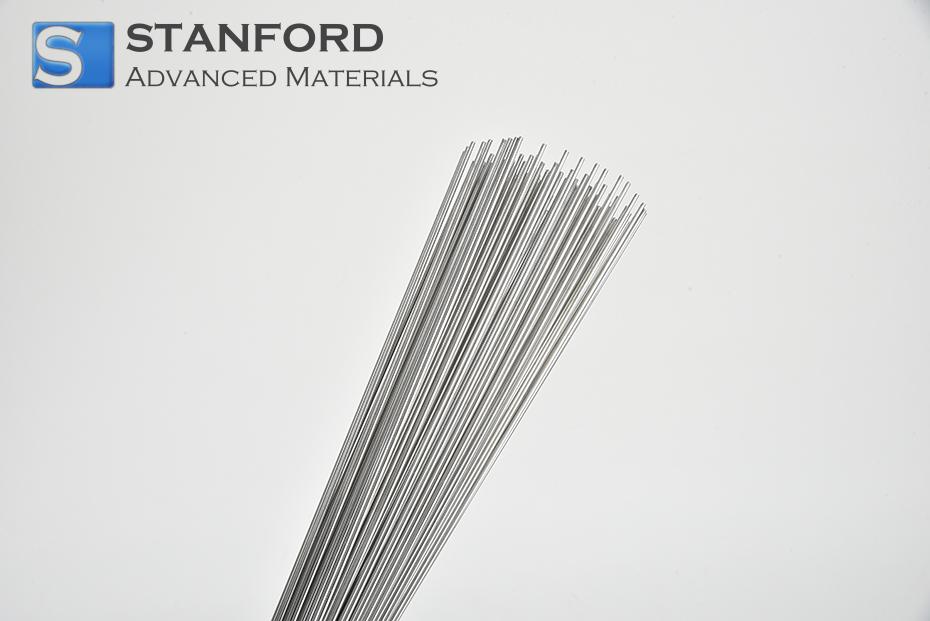
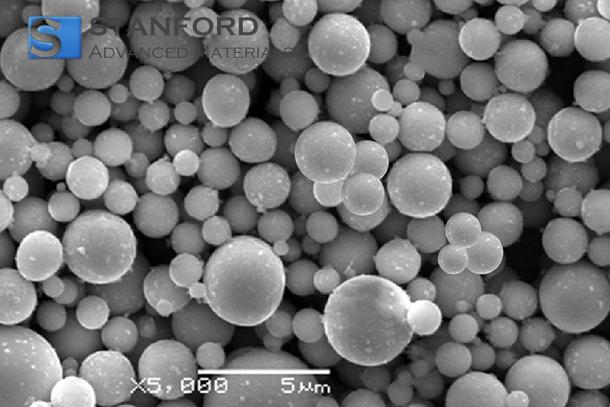
 Chin Trento
Chin Trento



